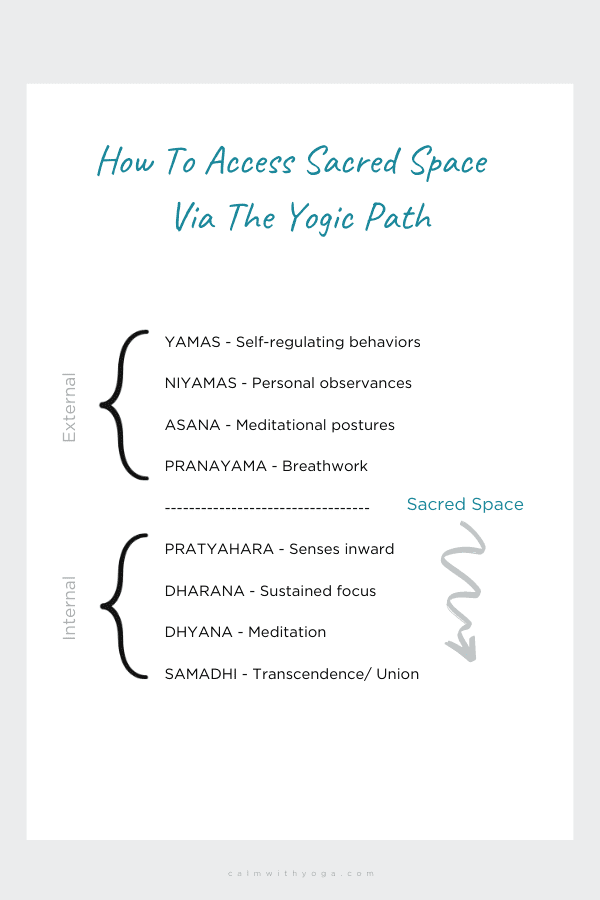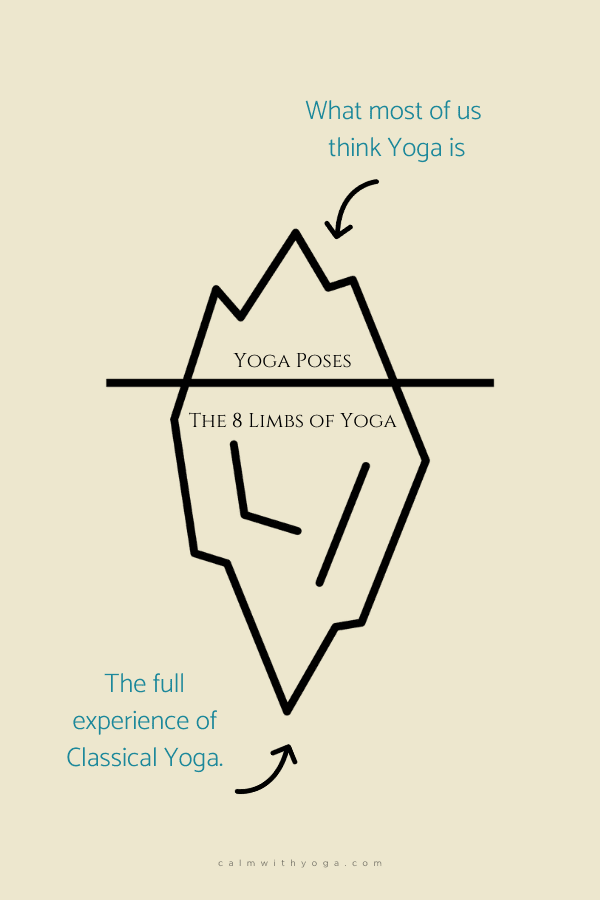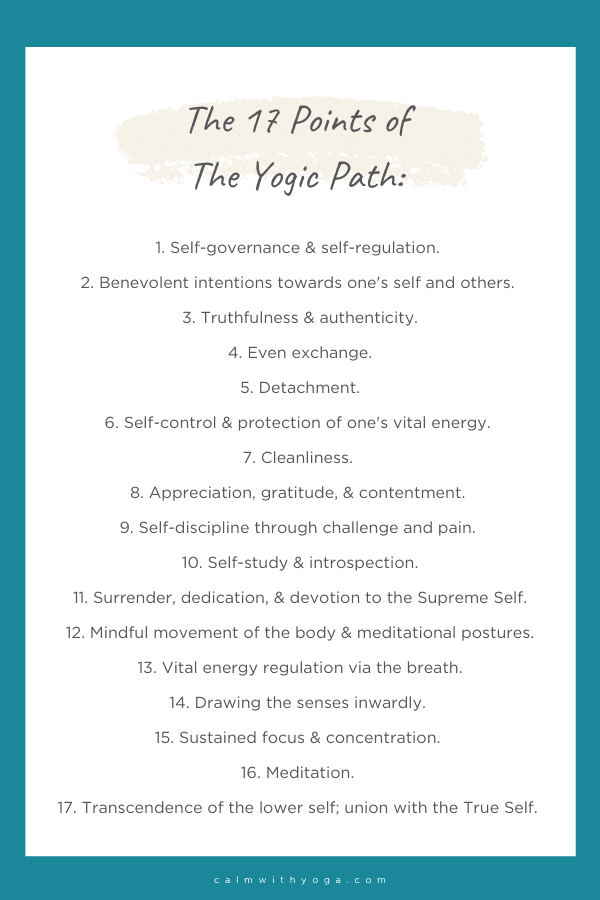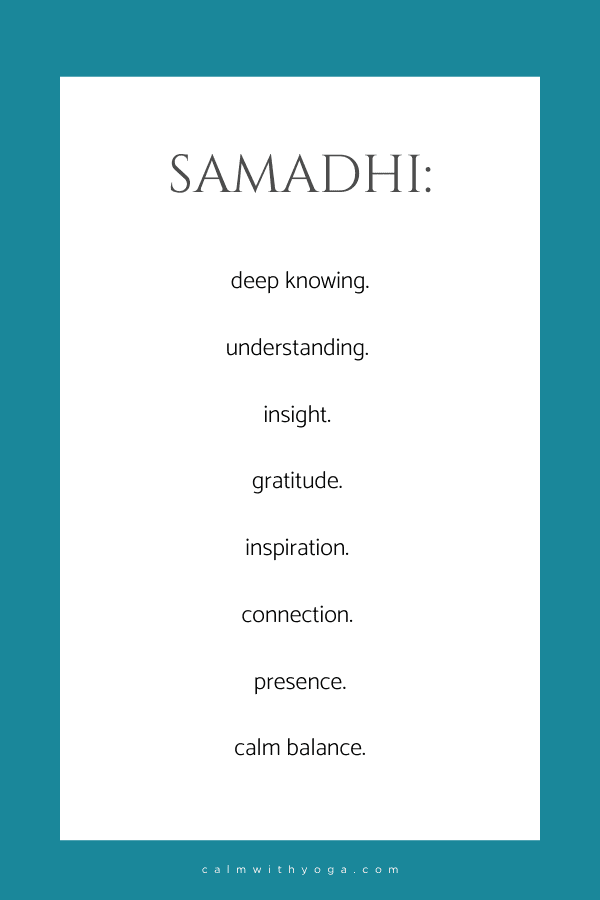“There’s no heartbeat anymore,” said my OB-GYN at my 8.5-week ultrasound.
I was stunned and yet somehow, I felt oddly calm.
Just two weeks earlier my husband and I had seen and heard our baby’s heartbeat on that same monitor.
I took one look at the screen now and only saw silence and stillness.
That’s when I knew this was the end of the pregnancy and the end of a possibility.
I was in a trance as my doctor discussed the next steps and options.
I felt present and grounded and yet at the same time, I felt shocked and severely disappointed.
No tears yet, just a thousand thoughts racing through my mind:
“We knew this was a possibility.”
“It happens.”
“Was it something that I did?”
“Breathe.”
“I thought we were out of the woods.”
I had read that the overall risk of miscarriage after seeing the heartbeat was as low as 4 percent… I guess we landed in that 4. (1)
I started practicing pranayama (yoga breathing) techniques in the car as I pulled out of the medical center parking lot.
Inhale.
Hold.
Exhale.
Hold.
Repeat.
Repeat.
Repeat.
The tears started pouring.
I started chanting the Adi Mantra as I drove home. This simple yet powerful mantra has been my go-to in times of pain and heaviness.
Ong namo…
Guru dev namo.
I bow and surrender to the infinite intelligence and creative wisdom of the universe…
I bow and surrender to the divine teacher within me.
For the next few weeks, I navigated the rough and turbulent waters of my inner world.
My emotions ebbed and flowed like tidal waves.
Like so many women who have shared this experience know, it was searingly painful.
My husband was away on a business trip halfway across the world that week so I’d have to grieve our loss alone without his physical presence to comfort me.
The time alone led me to seek comfort in the one thing that had gotten me through so many other dark chapters in my life… my yoga practice.
I’m not just talking about poses on a mat though, I’m talking about the full yoga experience – the 8-Limbed Path of Yoga.
Even though many of us think of yoga as primarily a physical practice and even a great workout, the true essence of yoga encompasses so much more.
While asanas (physical poses) do play a role that’s only ⅛ of the ‘Big Picture’ of Yoga.
Think of it as an iceberg:
The Yogic Path takes your practice (sadhana) beyond the poses to help you achieve three things:
- Awaken understanding and insight
- Cultivate the quality of calm balance (even in the midst of emotional turmoil)
- Grow inner strength, resilience, and resolve
True yoga practice includes these 17 points:
Here’s how you can implement 7 specific yogic principles to help you navigate pregnancy loss in order to transform your suffering and heal body, mind, heart, and spirit:
1. Ahimsa (giving up hostility)
Could I treat myself with compassion and deep caring?
Could I be present in my own suffering and still be gentle with myself?
Could I avoid the subconscious impulse to “punish” myself for what had happened?
Could I choose to not give in to the belief that “something was wrong with me?”
According to yogic philosophy, our world begins within us (as within, so without), so this principle of practicing non-violence and non-harm first had to be applied to me.
2. Satya (truthfulness)
Can I be honest with myself first and foremost?
To observe Satya means to first be true to my own feelings.
This principle required me to slow down and really get in touch with what’s going on inside me.
It asked me to put my feelings into words so I could heal better.
Modern neuroscience backs this up. Instead of resisting or suppressing my emotions, neuroscience suggests to actually try naming or labeling it.
The mere act of naming or labeling emotions can deactivate the brain’s emotional/fear center while activating higher thinking centers according to one UCLA brain scan study
So whenever I’d find myself in the midst of emotional turmoil I’d do my best to stop and name it: “Sadness,” “Fear,” “Anger,” “Pain.”
I also practiced Satya by speaking my authentic truth to others, no matter how uncomfortable, or shame I felt.
This also meant speaking my truth with those around me, which helped me set boundaries in uncomfortable situations.
I needed space to process my loss and that’s exactly what I told others: “I love you and I appreciate your care for me, but right now I need space and am not ready to talk.”
3. Aparigraha (non-attachment, non-greed)
Of course, I was deeply attached to the idea of being a mother at that moment and experiencing that deep bond with my own creation.
I was attached to this outcome very much so this principle was one of the hardest for me to practice.
But could I let my desire go just for this moment?
Could I be open to the idea that maybe, this was for my highest good?
That there was a reason and meaning and lessons behind me experiencing this?
Aparigraha also means non-jealousy.
You can practice it when you observe someone having or experiencing something you want and think: “Why can’t I have that too?”
This was very real to me after the miscarriage.
Just scrolling through my feed on social media really triggered this as I’d observe so many women having healthy babies and experiencing full-term pregnancies.
So I decided it was healthier to step away from social media for a while to tend to my own heart and mind. (And thank goodness for that mute feature!)
4. Tapas (self-discipline through pain and challenges)
Tapas means to “burn” or to “create heat,” and anything burned out will be purified by this process.
In yogic philosophy, Tapas refers to accepting pain as help for purification and transcendence.
Pain cleanses away our impurities, which makes us more whole.
This is perhaps one of the most difficult principles to live out because, in order to observe and practice it, I was required to walk towards my pain, not away from it.
In a sense, Tapas required me to mindfully wade through the muddy water.
Mindfulness invites one to feel what is in the moment with non-judgment; it trains the mind to be able to sit calmly in the presence of discomfort without wincing or fleeing.
It’s so easy to want to move towards pleasure during challenging moments, but I knew that in order to truly heal and transcend my experience I needed to acknowledge how much it hurt and trust that moving through the hurt mindfully was the best way to reach the other side.
5. Ishvara Pranidhana (surrender to a higher power)
Another difficult principle.
When you practice Tapas, Ishvara Pranidhana, and Svadhyaya (self-study and self-reflection) together you’re practicing what’s called Kriya Yoga – the yoga of action.
It was hard at first. Very hard, and I was reluctant.
But with time, I’m learning to surrender to a power higher and wiser than myself.
I chose to believe that there was a bigger picture that I wasn’t able to fully see just yet.
I chose to believe that this experience did not define me or foretell my destiny.
I chose to believe that what happened could actually be a point of union and connection with others, especially the many, many women who have walked and are walking this path too.
I was surprised to find out just how many of us have miscarried; when we talk about it we ease our collective pain.
Surrendering helped me feel less alone.
It’s still a daily struggle, but I now feel like I’m entering the part of the journey where I can feel the warmth of the light at the end of the tunnel.
Whenever I feel myself spiraling downward I try to pause and invoke the Observer within me who can witness my experience mindfully and with self-awareness.
6. Pranayama (breath regulation)
Last, but certainly not least… Is the healing power of consciously controlling my own inhales and exhales.
I’d say this is the most impactful principle that helped me move through the rest of the principles more gracefully and mindfully.
Heavy emotions like pain, sadness, grief, hopelessness, anger, disappointment, anxiety, and fear change breathing rhythms and impact mood even further.
As a result, the breathing patterns these emotions create send signals of distress to the body and brain.
The body then turns on its defenses and braces for impact (aka the stress response.)
If this process becomes chronic and unmanaged, it constantly sends a cascade of harmful chemicals throughout the body making it even harder to move through painful situations.
The beauty is that the opposite is also true – we can use our breath to also send safety signals to the brain and body.
This dampens the stress response while activating the soothing, regenerating response that can help us move through our pain more efficiently and effectively.
Deep and slow inhales and exhales while engaging the lower belly have been proven to help manage mood, grief, stress, and can even help the body heal.
I practiced pranayama daily for at least 5-10 minutes and also each time I became aware I was in the space of some heavy emotion.
Here’s a short guided practice you can use.
7. Samadhi (union of the self, gratitude, transcendence)
Samadhi is considered the culmination of the Yogic Path.
And since the Path’s main objective is to help us awaken insight, inner calm, and inner strength then it stands that experiencing Samadhi means experiencing moments of deep, heartfelt gratitude for what is as it is. (No easy feat, especially when dealing with a big loss.)
Moments of Samadhi are marked by transforming anxiety into calmness, pain into acceptance, and powerlessness into gratitude.
This one isn’t so much a principle to be practiced and observed as much as it is an experience to be cultivated by practicing and observing the other six principles.
I truly hope that this ancient wisdom also serves you as you walk through your own experience, no matter how difficult, or painful.
Breathe through the rough patches… deeply and slowly.
Don’t be afraid to name the feeling.
Give your body space and time to heal and relax.
Know that you’re not alone and you’re much stronger than you give yourself credit for.
REFERENCES
:
(1) https://www.verywellfamily.com/miscarriage-heartbeat-ultrasound-odds-2371536

















